“Madder than a March Hare”
In Celtic folklore the hare is linked to the mysterious Otherworld. The Mountain Hare is native to Scotland and the Irish Hare is native to Ireland, though brown hares were introduced by the Romans. Scientists date Irish Hare fossils in Ireland to 28,000 BC. The hare is often associated with Fairies whose world is reached by traveling underground.
For some, to harm a hare would invite dreadful consequences. Druids were said to employ hares in prophesy by first catching them, then turning them loose to interpret the path of their escape. Shapeshifters would often take the form of a hare. The Celtic warrior Oisin hunted a hare, wounding it in the leg. Oisin followed the animal into a bramble where he found a door leading underground. He went in and came to a large hall where he found a beautiful young woman sitting on a throne bleeding from a leg wound.
The versatile hare seems to do a bit of shape-shifting itself; sometimes the trickster, sometimes the good guy/gal, sometimes the moon goddess, sometimes the ruffian. Depending on your state of mind, seeing a hare was a bad omen, a harbinger of death, a messenger from the Otherworld or perhaps the old lady next door that you suspect of being a witch.
You’ve probably heard “Madder than a March hare.” It has to do with rabbits going a bit crazy in spring, which just happens to be their breeding season. As they say, “Multiplying like rabbits.” One mother hare can produce up to 40 furry little offspring in one season.
The White Rabbit in “Alice and Wonderland” is heard to say, “I’m late, I’m late! For a very important date! No time to say ‘hello, goodbye,’ I’m late, I’m late, I’m late!” (Perhaps he’s from Ireland?)
Celtic Saint Melangell is the patron saint of hares. She became associated with them when, to escape marriage, she took a vow of celibacy and crossed the Irish Sea to take refuge in a remote spot in Powys, Wales. She lived in isolation without seeing the face of any man for fifteen years. One day, Brochfael, Prince of Powys, was hunting hares with his hounds. Having driven one of the animals into a thicket, he pursued the hounds to retrieve his prize. Instead, he found the hare sitting in the folds of Melangell’s dress. When Brochfael heard Melangell’s story, he endowed her with land to build a monastery, which she did on the condition that not only people could find refuge there, but all gentle creatures who were being pursued. This legend is beautifully preserved on a wooden screen that depicts hares running to her for protection. Hares are still sometimes called St. Melangell’s Lambs.
Have you tried Welsh Rabbit? Fear not – no leporids were harmed in the making of this really tasty toasted cheese. It’s also called Welsh Rarebit, which might have started as “rearbit” or a treat to have at the end of your meal. In any case, the Welsh are passionately fond of their ‘Caws pobi."
Now there are variations on this superstition (which was told to me as being of Irish derivation), but from me to you, here’s a charm for bringing you a full month of luck! On Sunday evening, March 31, let “hare, hare, hare” be the last thing spoken aloud before sleep. Upon waking on Monday, April 1, before saying anything else, speak “rabbit, rabbit, rabbit.” Repeat at the turning of every month!
On the other hand, you may prefer your superstition lightly peated with hints of smoke and spice as in Jura Superstition, a single malt Scotch whisky found in our Whiskey Snug. Whatever the occasion, it will be our lucky day to see you hop on in to The Celtic Ranch.
Lori McAlister,
Wrangler of Cultural Affairs

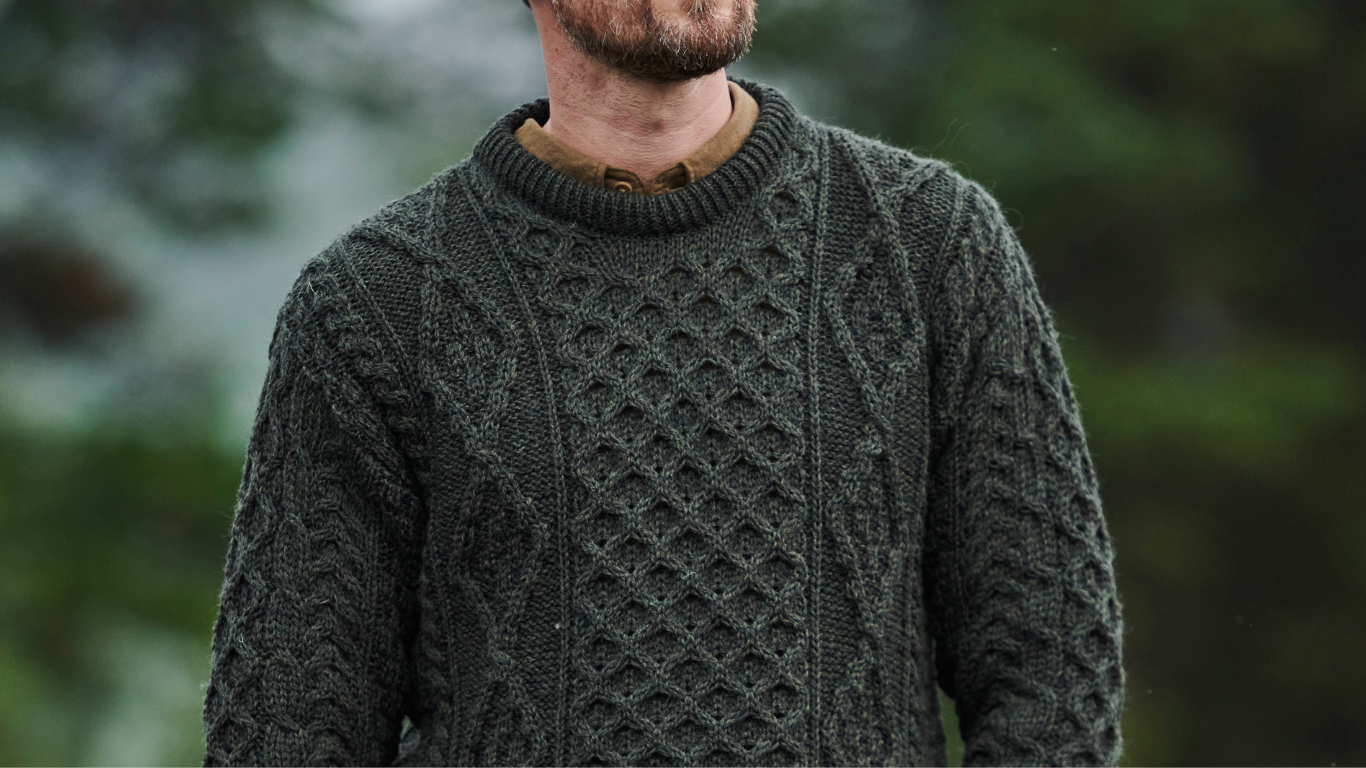
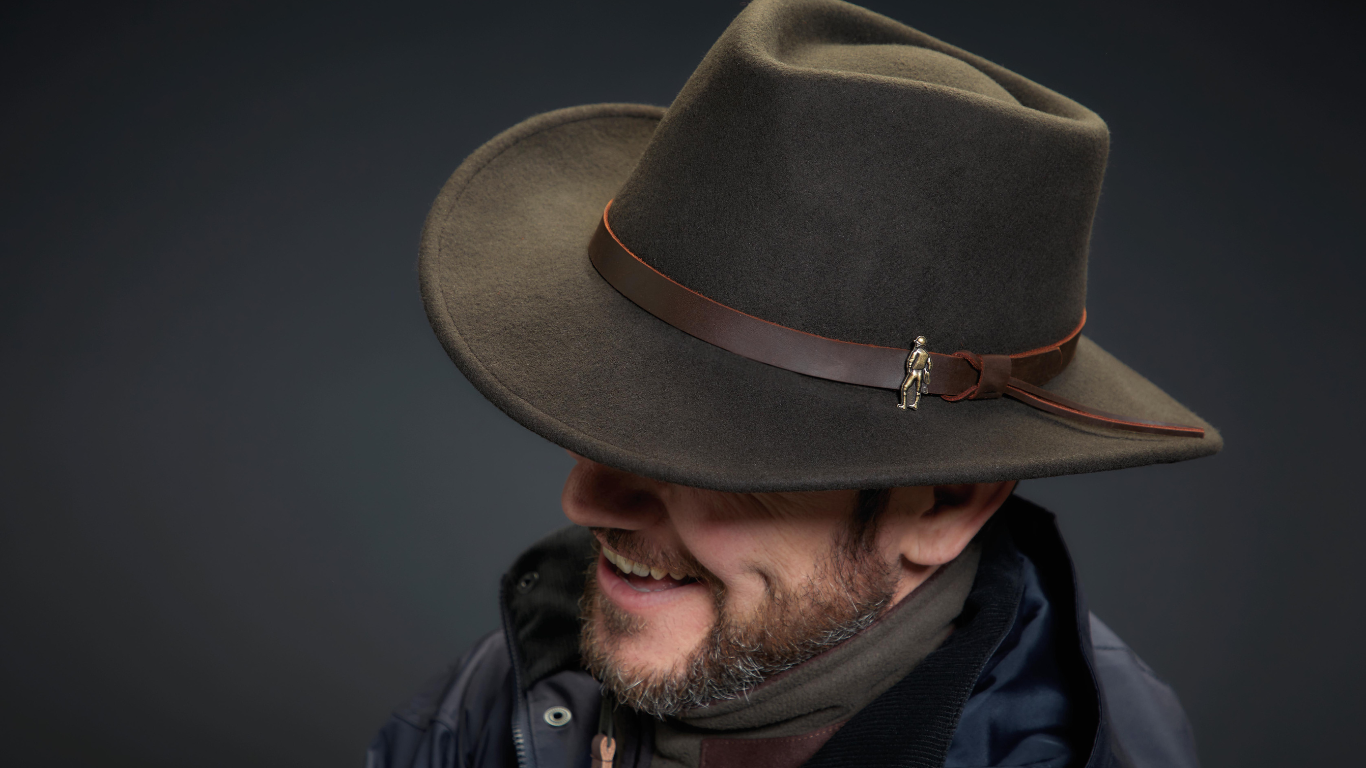


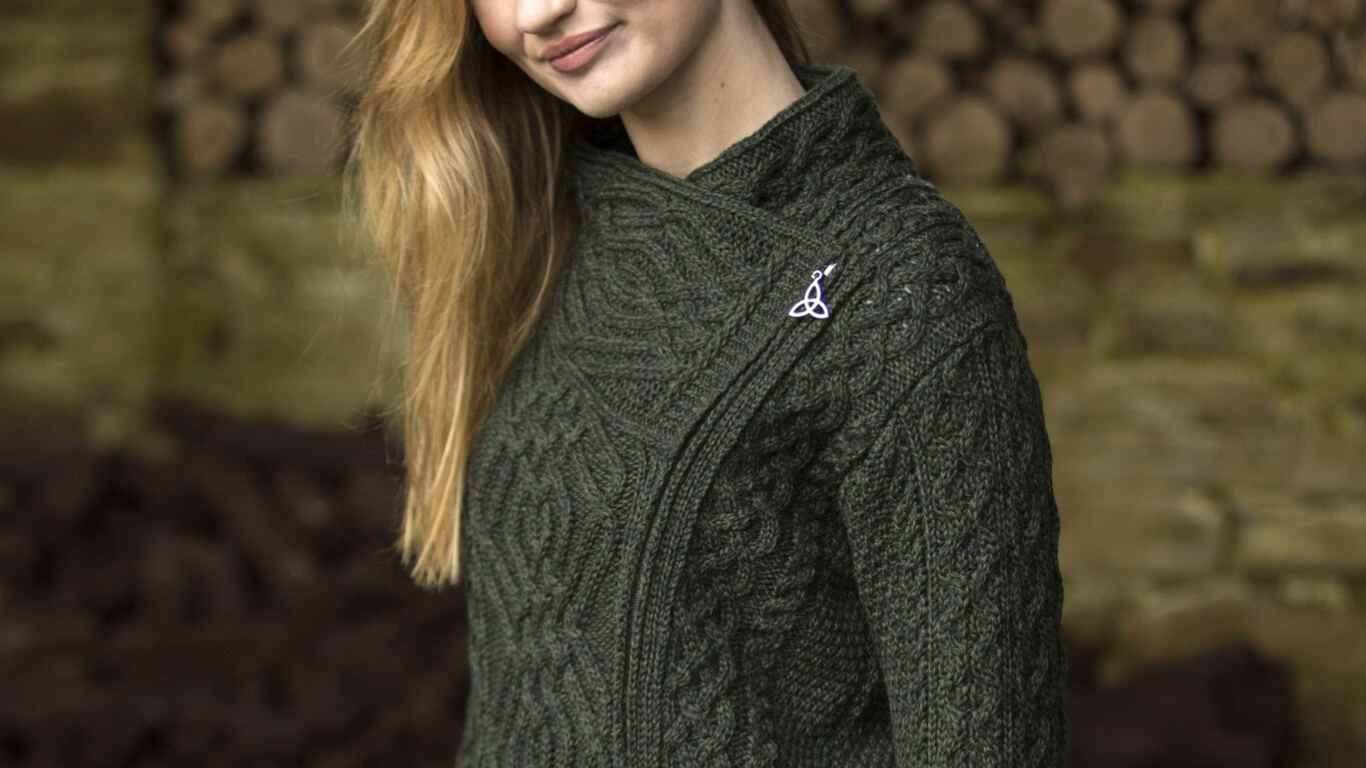
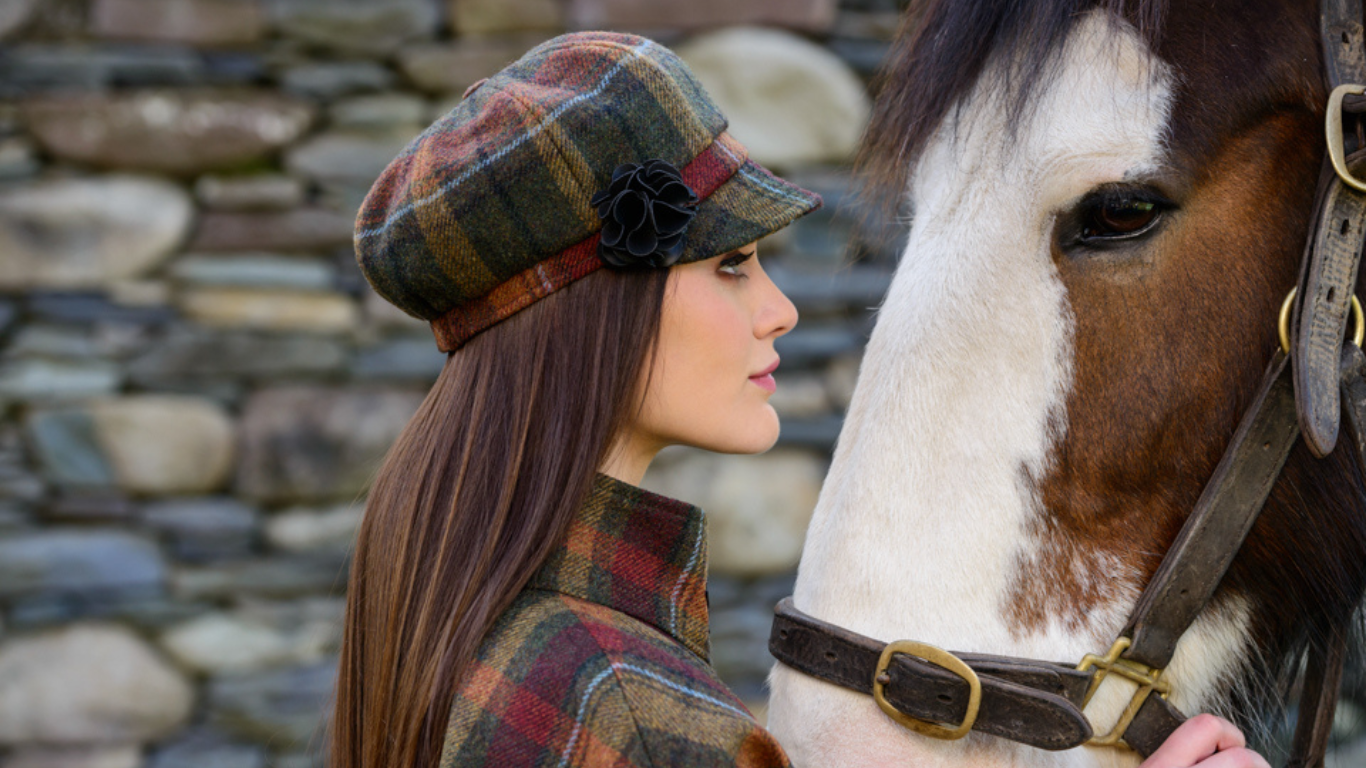


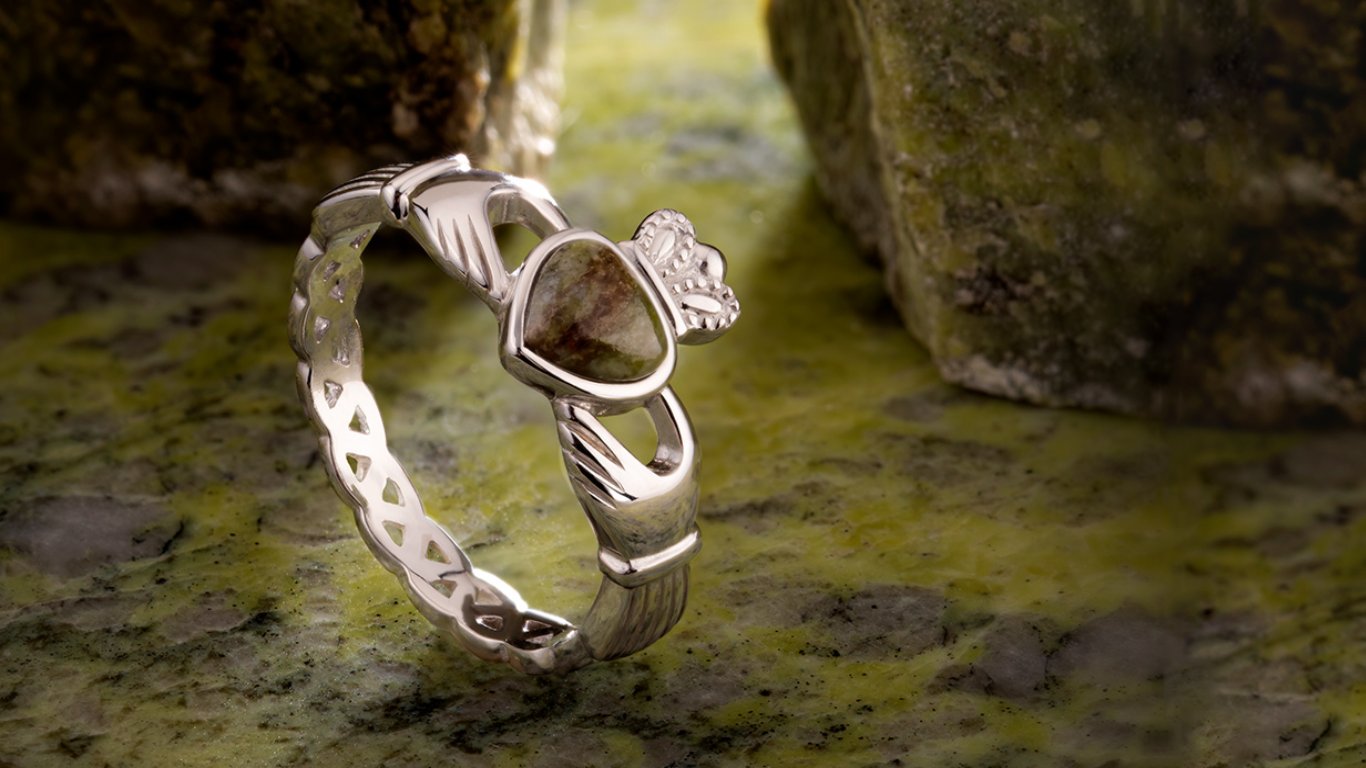


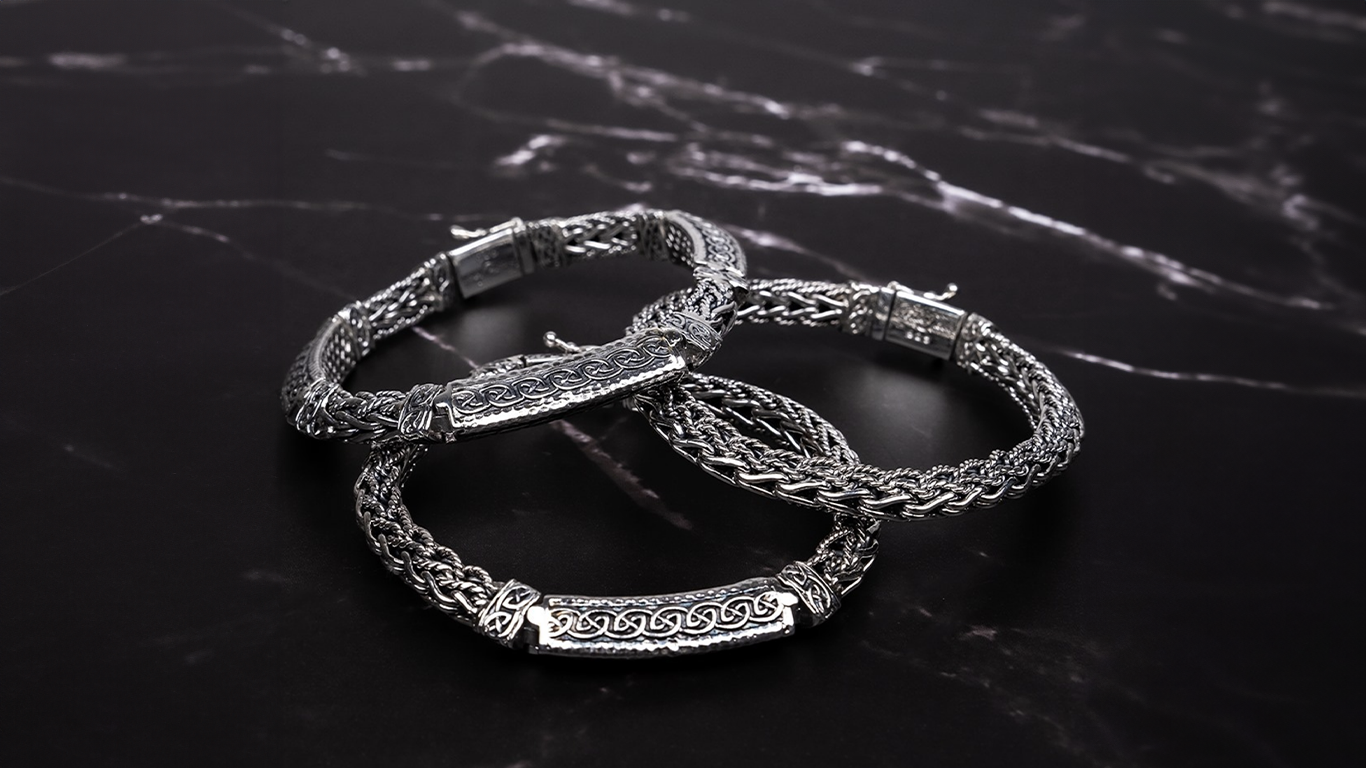






Leave a comment